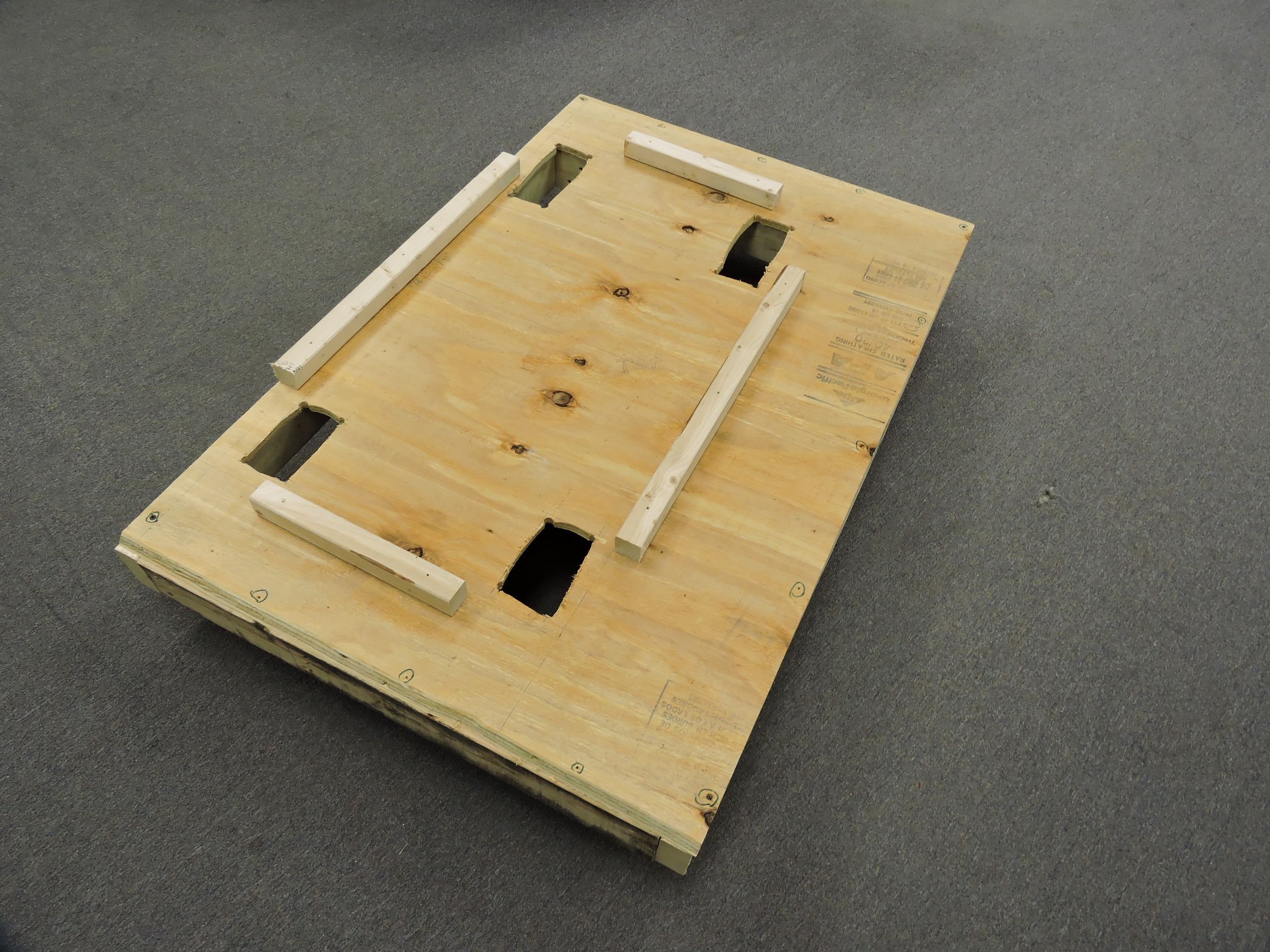Some companies focus on either accuracy or precision, but not usually both. But what is the difference and why does it matter?
Well there are 4 stages here…
- Neither Precise nor Accurate
- Precise, but not Accurate
- Accurate, but not Precise
- Both Accurate and Precise
Neither Precise nor Accurate
In the beautiful image above, the paintbrushes are scattered randomly on the table rather than having been placed precisely and accurately into the glass of rinsing water patiently waiting on the table.
Essentially, any instance of random outcomes would be both, neither precise nor accurate. Depending on the objective of the operation, this is usually not good.
Precise, but not Accurate
In the image below, a consistent 19.5 is held, but the objective was to maintain a consistent 20.
In this event, there is a consistent and repeatable demonstration of precision. But because the result is off by .5, it cannot be considered accurate.
Accurate, but not Precise
While accuracy without precision does not always equate to a wrong answer, it can be seen still negatively impact results.
In the image above, the goal is for the blue line to maintain 20. The blue line is seen oscillating around 20. Overall, this will in fact, average to 20 but because the blue line is oscillating and never has actually maintained 20 it is not precise.
Both Accurate and Precise
Getting both accurate and precise results can be difficult. It takes knowledge and experience in a field to do it, but when it is done and demonstrated as repeatable, it leaves behind impressive results.
Accurate and precise can be compared to hitting the bulls eye in a game of darts over and over again without ever missing.
Every operation is different and has different needs to achieve their goals. At Praecis, we strive to give our customers the precision necessary for them to achieve their desired level of accuracy. It is our duty to make sure our customers have consistent, repeatable results, time and time again.
In the image above, the blue line (Critical Point Temperature) uses a precision scale on the right and the orange line (Room Temperature) uses a less precise scale on the left. The two lines are superimposed over each other for reference purposes.
The average maintained on the blue line is 20.000. In this 24-hour test, it can be seen that the fluctuations rarely exceeds ±0.007 (7 millidegrees).
Learn more about Praecis Products.
Learn how Praecis ultra-precision temperature control technology works.







